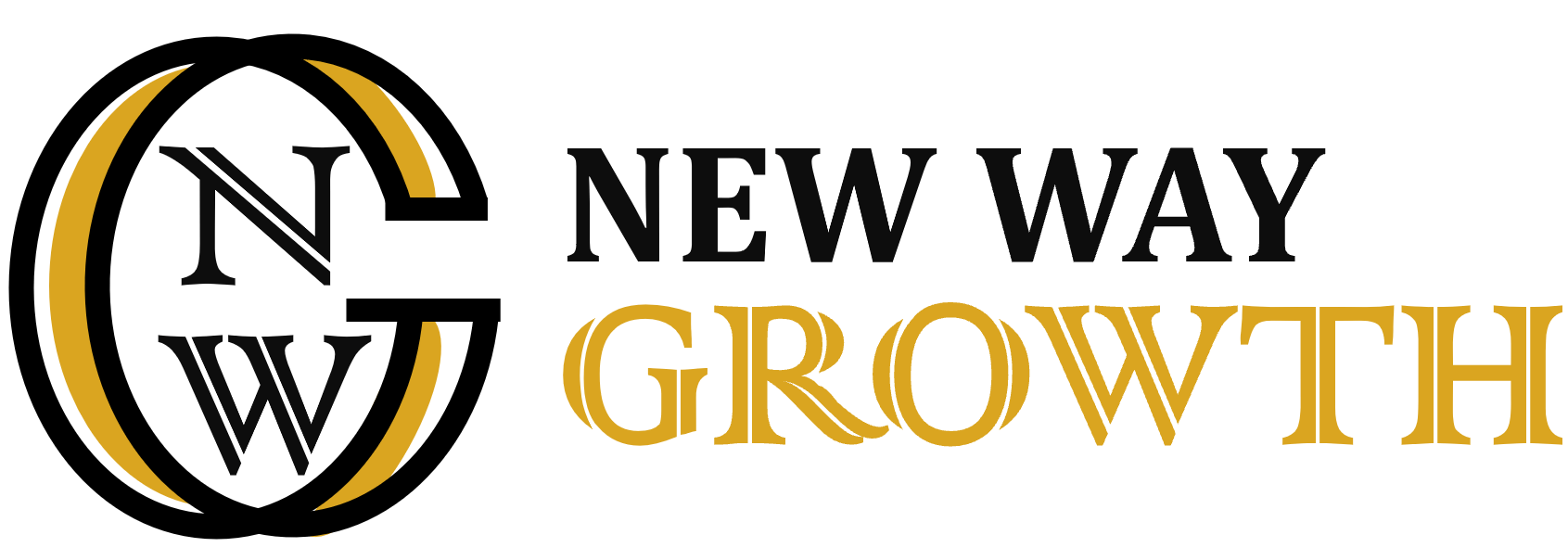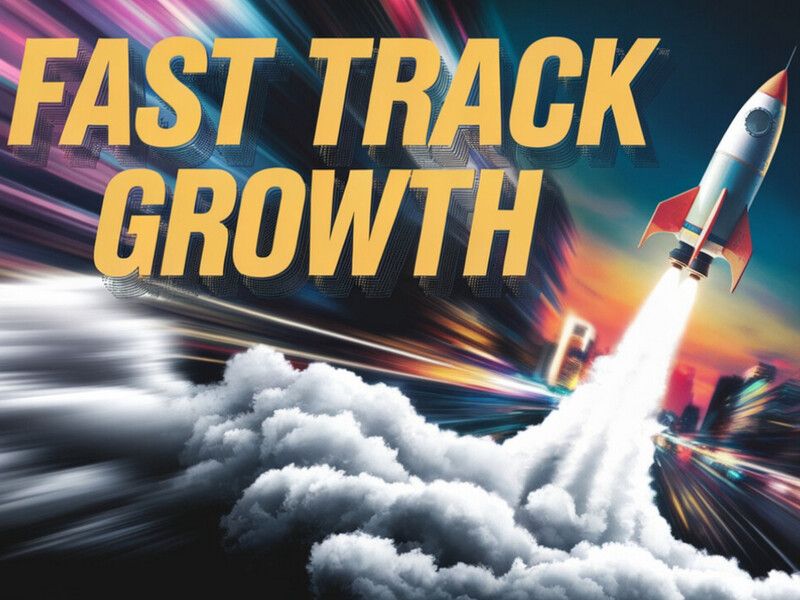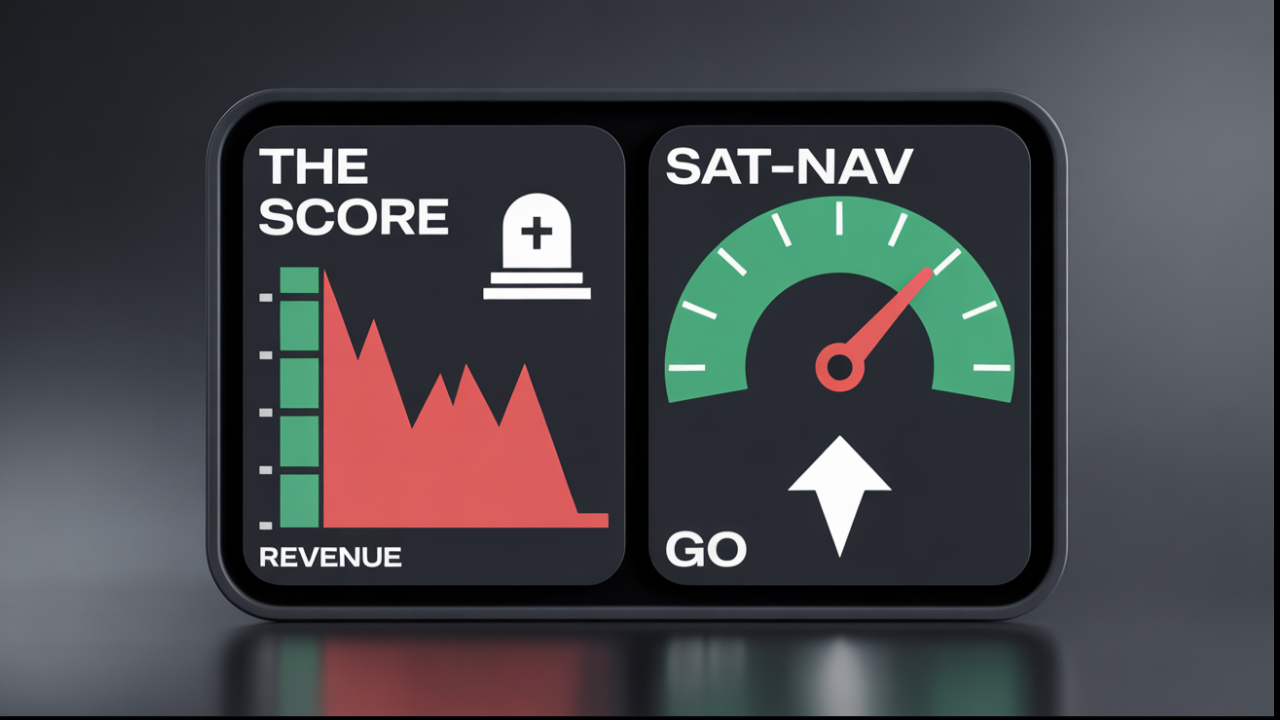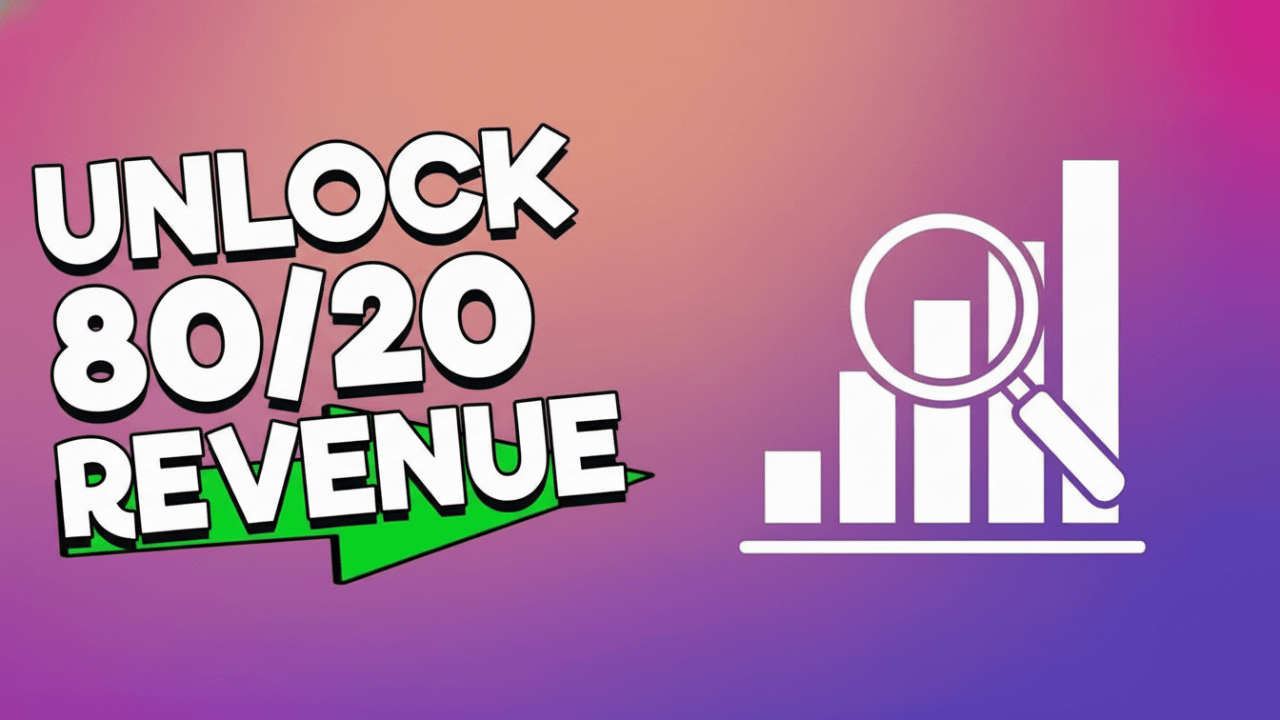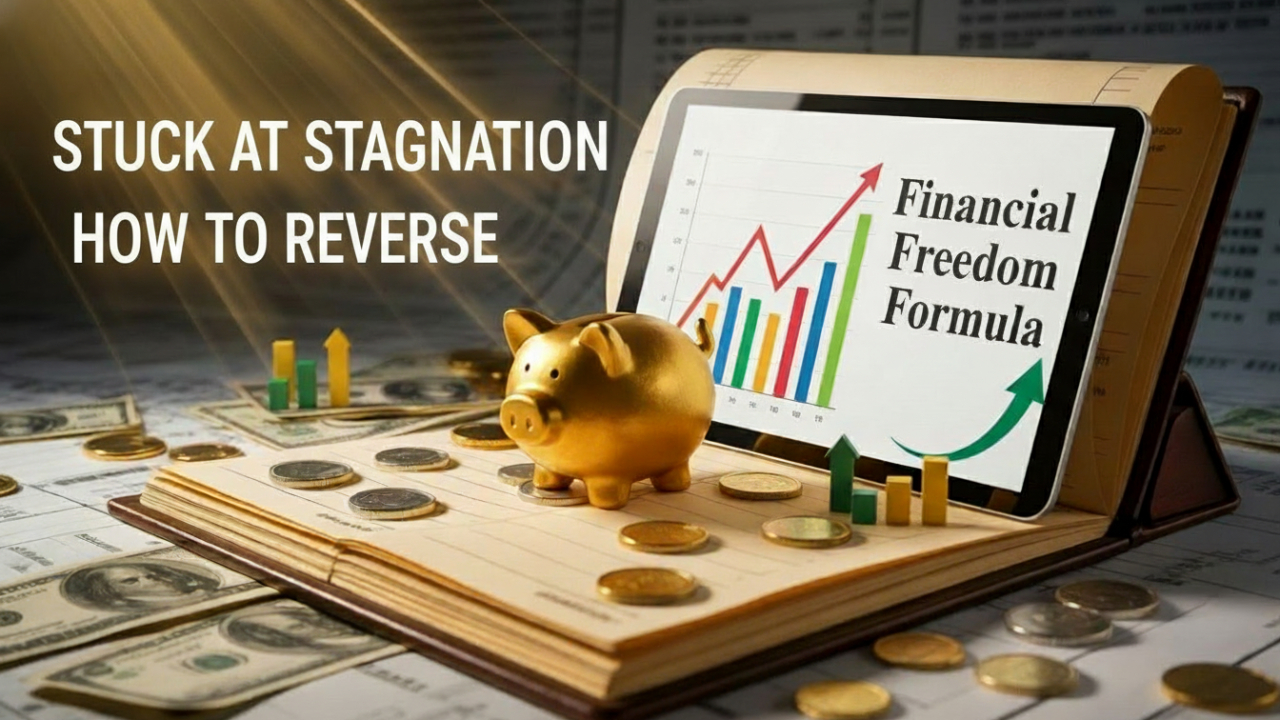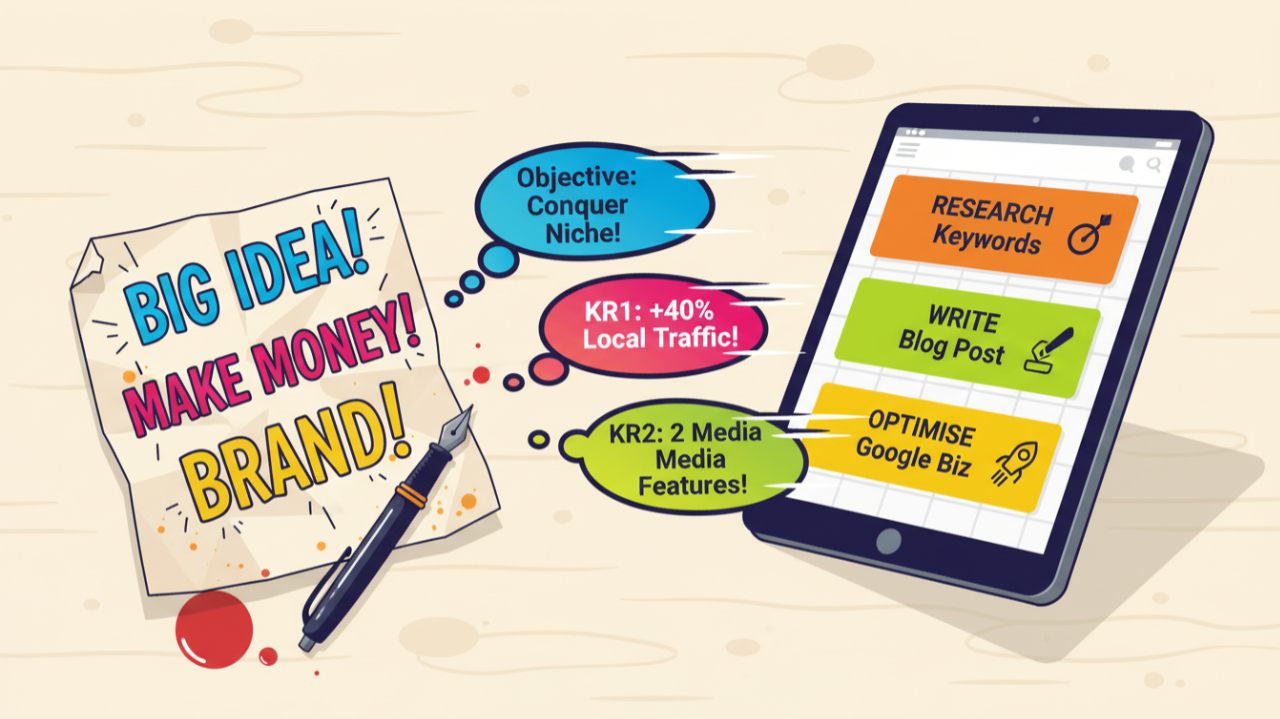How to Map Your Entire Marketing and Sales Strategy on a Single Sheet of Paper
How many of you have a marketing strategy document? A proper one, typed up, probably in a shared folder somewhere. Now, keep your hand up if you’ve looked at it in the last month. Last quarter?
Yeah, that’s what I thought.
For years, I saw the same pattern with small businesses I worked with, and to be frank, I was guilty of it myself in the early days. We spend weeks, sometimes months, crafting these beautiful, multi-page masterpieces. They’re filled with SWOT analyses, five-year projections, and detailed competitor breakdowns. We feel incredibly productive creating them. We present them in a meeting, everyone nods sagely, and then the document is ceremoniously saved to the cloud, never to be seen again. It becomes a digital relic, a testament to good intentions but poor execution.
The problem is, these sprawling documents are intimidating. They’re too big to be useful. When a new opportunity pops up or a crisis hits, nobody says, “Hang on, let me just pull up that 47-page strategy document to see what it says about this.” Life, and business, moves way too fast for that.
What if you could boil it all down? What if your entire plan, from attracting a total stranger to turning them into your biggest fan, could fit on a single sheet of paper? A document you could stick on the wall, glance at every single day, and use to make smart decisions in minutes, not hours. This isn't just a fantasy. It’s the reality of a one-page strategic marketing plan. It’s about gaining brutal clarity, making decisions at the speed you need to, and getting your entire team, even if that’s just you and the dog, pulling in the same direction.
Today, I want to walk you through a framework we developed at New Way Growth to do exactly this. It’s called the Pathfinder Growth Canvas, and it’s designed to be your constant guide, your single source of truth for growing your business.
The Simple Truth: Why One Page Beats Fifty
Before we dive into the nuts and bolts of the canvas, it’s worth taking a second to think about ‘why’ this approach works so well. It’s not just about saving paper. The philosophy runs much deeper.
In business, I think we often mistake complexity for sophistication. We believe a thick report must be more intelligent than a simple diagram. But in my experience, the opposite is true. True genius lies in simplicity. It’s about distilling the noise down to the essential signal. Anyone can make something complicated. It takes real effort and deep understanding to make it simple.
A one-page plan forces you to do that hard thinking. It’s a constraint that breeds creativity and, more importantly, clarity. When you only have a small box to write in, you can’t afford to use vague corporate jargon. You have to be precise. You have to make choices. And making choices is the very essence of strategy.
Here are the real-world benefits we see time and time again when businesses make this shift:
- Clarity and Focus: A one-page plan forces you to answer the most critical questions and nothing else. It’s right there, in black and white. You know who you’re talking to, what you’re saying, and what you need to do next. There’s no room for ambiguity.
- Faster Decision Making: When a new marketing idea comes along, a new social media platform pops up, or a competitor makes a move, you don’t need to schedule a three-hour meeting. You can hold the idea up against your one-page plan and ask, “Does this fit? Does this help us achieve what we’ve written down here?” The answer is often immediately obvious. It turns your strategy into a practical filter for day-to-day decisions.
- Team Alignment: This is a big one. Try getting your new sales hire or your part-time social media manager to read a 50-page document. It’s not going to happen. But a one-page canvas? You can walk them through it in 15 minutes. They can pin it to their wall. Everyone understands the mission and can see how their individual role contributes to the bigger picture. It connects the dots for them.
- Agility and Adaptability: Markets change. Customer needs evolve. A giant, static plan becomes obsolete the moment you print it. A one-page canvas, on the other hand, is a living document. It’s designed to be updated. You can literally scribble on it, make changes, and adapt your strategy in real time without having to rewrite a novel.
- Time Efficiency: Think about the cumulative hours spent writing, formatting, editing, and then trying to explain that massive strategy document. Now imagine pouring that energy directly into a concise, actionable plan that you start using from day one. It’s a no-brainer, really.
The old way of doing things just doesn’t work for most small businesses in the UK. We don’t have layers of management or entire departments dedicated to strategic planning. We’re the ones doing the work. We need tools that are as nimble and hardworking as we are.
Introducing the Pathfinder Growth Canvas
So, how do we actually get this done? Over the years, we’ve tested and refined a number of models, and we eventually created our own proprietary solution: The Pathfinder Growth Canvas.
The name is intentional. A pathfinder is someone who goes ahead and discovers a way. This canvas is designed to help you do just that for your business’s growth. It’s a visual framework that maps your entire customer journey, from first contact to loyal advocate, across nine essential building blocks. All on one page.
What makes it different is its holistic nature. Too often, marketing and sales operate in their own little worlds. Marketing generates a lead, throws it over the fence, and hopes for the best. Sales picks it up, maybe complains about the quality of the lead, and tries to close the deal. The customer experience after the sale? That’s someone else’s problem. This is a recipe for a disjointed, jarring customer journey.
The Pathfinder Growth Canvas forces you to see the business through your customer’s eyes. It connects the dots between your marketing message, your sales process, and the experience you deliver long after the invoice is paid. For a small business, where one person might be wearing all three hats, this integrated view isn’t just helpful, it’s essential. It ensures you’re building a cohesive system for growth, not just a collection of random tactics.
The Nine Core Elements of the Growth Canvas
Alright, let’s get into the heart of it. The canvas is divided into nine boxes, each one representing a critical component of your marketing and sales strategy. Think of them as the nine essential gears in your growth engine. If one is missing or broken, the whole machine sputters.
1. Target Market
This is the foundation. Everything starts here. Who, specifically, are you trying to help? And I mean specifically. “Small businesses” is not a target market. “UK-based architects in firms of 5 to 15 people who are frustrated with outdated project management software”... now we’re talking. You need to get so clear on this that you can picture the person. What do they worry about at 3am? What podcasts do they listen to on their commute? The more specific you are, the easier every other box on this canvas becomes to fill out.
2. What’s My Message?
Once you know who you’re talking to, you need to figure out what to say. This isn’t about a long-winded mission statement. This is your value proposition. In simple terms, how do you make their life better? If you had ten seconds in a lift with your ideal customer, what would you say to get them to ask for your card? It should be clear, concise, and focused on them, not you. It answers the question, “Why should I care?”
3. Where Do My Audience Hang Out?
You know who you’re talking to and what you want to say. Now, where do you say it? This is about channels. Does your ideal customer read industry magazines? Do they spend their time on LinkedIn? Are they in specific Facebook groups or attending local trade shows in Birmingham? Trying to be everywhere is a recipe for burnout. The goal here is to identify the one, two, or maybe three key places where you can reliably get your message in front of the right people.
4. Prospect Collection
Okay, you’ve got their attention. Now what? You need a way to turn a passive browser into an active prospect. This is about lead generation. How do you get their email address or phone number so you can start a conversation? This could be a downloadable guide, a free consultation, a webinar registration, or a simple contact form. You need a clear, compelling offer, often called a lead magnet, that gives them a reason to take that next step and identify themselves to you.
5. Prospect Development
Someone just downloaded your guide. They’re a prospect, but they’re probably not ready to buy yet. This stage is all about building trust and demonstrating value. It’s the nurturing process. What happens next? Do they get a series of helpful emails? Do you invite them to an online event? Do you call them to see if they have any questions? This is where you gently guide them from being merely interested to being sales ready. It’s about education and relationship building, not a hard sell.
6. Sales Conversion
The prospect is now warm. They understand what you do, and they trust you. It’s time to make the sale. What does that process look like? Is it a proposal? A discovery call followed by a demonstration? An e-commerce checkout page? You need to map out the specific steps that turn a qualified prospect into a paying customer. Make it as frictionless and as human as possible.
7. World-Class Experience
This is where so many businesses drop the ball. The sale is made, and they move on to the next one. But the customer journey has only just begun. The experience you deliver *after* they’ve paid is what separates good businesses from great ones. How do you onboard them? How do you support them? How do you surprise and delight them? A truly world-class experience is your most powerful marketing tool.
8. Lifetime Value
A happy customer is a source of recurring revenue. How can you encourage them to buy from you again, or to buy more from you? This could be through subscriptions, retainers, complementary products, or service upgrades. The goal is to increase the total amount of revenue you generate from a single customer over their lifetime. It’s far cheaper to sell to an existing customer than to acquire a new one, so this box is pure profit potential.
9. Advocate and Promote
This is the final, magical stage. Your customer is so happy with the experience and the results that they start telling other people about you. They become your volunteer sales force. How can you actively encourage this? It might be a formal referral program, a system for gathering testimonials and case studies, or simply asking for a review at the right moment. When your customers become your advocates, you create a self-sustaining growth loop.
From Chaos to Clarity: Pathfinder Growth Canvas in Action
We once worked with a small engineering firm in Manchester. Their marketing was all over the place, money trickling into Google Ads, one-off appearances at networking events, the odd LinkedIn post now and then. But nothing connected, and as a result, they felt like they were shouting into the void.
They booked the Pathfinder Growth Programme and we rolled out the Growth Canvas on a whiteboard. That’s when the magic happened.
Target Audience: First up, we faced the messy sprawl of their audience. The firm had been targeting anyone remotely related to engineering, which, as we discovered, is like trying to catch the wind with a fishing net. We dialled in on a very specific industry sub-sector, the type of client who actually needed their specialty and was willing to pay for it. Suddenly, everything got sharper. There was a collective sigh of relief; they didn’t have to chase everyone anymore.
Message: With a defined audience, the message uncluttered itself. Before, their pitch was vague and generic, “We’re experts who can help with any engineering challenge.” That’s nice, but it means nothing to the people reading it. Now, we crafted a message that spoke directly to the pressing headaches of that one sub-sector. It wasn’t about being loud anymore; it was about being relevant and unmistakably useful.
Where They Hang Out: Then came the eye-opener, where do these people hang out? Not everywhere. Not even on LinkedIn as much as assumed. For this particular sub-sector, it turned out there were just two trade publications they read religiously and a single annual conference they never missed. That’s it. We mapped out these watering holes and redirected their marketing energy there. No more shot gunning into the void; just appearing exactly where their ideal clients were already looking.
Prospect Collection Framework: Now, with focus, we needed a way to actually collect potential leads. We gave them a simple, repeatable system:
- Created a checklist for every trade publication ad or sponsored article: include a dedicated landing page for responses.
- Set up linked calls-to-action for the conference: “Visit us at Booth 14 to see the latest [solution].”
- Downloadable content: case studies, relevant whitepapers—gated behind a quick contact form.
- All new LinkedIn activities pointed toward these resources, as did email signatures and business cards.
The goal: every marketing activity funnelled into one place—an organised, up-to-the-minute prospect database.
Prospect Development Framework: Collecting prospects is only half the battle. We mapped out a “value ladder” follow-up process:
- Warm introduction emails tailored to each segment (“You downloaded X—here’s something else you might find useful.”)
- Personal invites for webinars or Q&A sessions answering sector-specific challenges.
- Drip-fed educational content showcasing real project results, always linking back to the sub-sector’s needs.
- Set cadence for follow-up—never spammy, always adding value.
Each step further cemented their expertise and built genuine relationships, turning cold leads into warm, informed prospects.
Sales Conversion Framework: Finally, we translated all that interest into sales. We armed the sales team with:
- Pre-call scripts referencing what each lead had already engaged with (“I noticed you attended the webinar on Y—can I help answer any questions?”)
- Proposal templates addressing exact pain points uncovered during development.
- Scheduling calls and demos around conference follow-ups (“We met at [event]—let’s discuss your upcoming project.”)
- Post-sale onboarding kits, turning new clients into advocates.
The transformation? Marketing spend didn’t grow, but their pipeline did. ROI soared—less noise, more conversions, and they finally felt in control of their growth.
The takeaway: when you connect your audience, message, and “where they hang out” with a clear, step-by-step framework for collecting, nurturing, and converting prospects, even a modest marketing budget can punch well above its weight.
From Chaos to Clarity: Pathfinder Growth Canvas in Action
Look, running a small business is complicated enough. Your strategy for growing it shouldn’t add to the chaos. It should be a source of clarity and confidence. It should be your guide in the fog.
Condensing your entire marketing and sales plan onto a single page forces you to make tough choices, to get crystal clear on your priorities, and to build a cohesive system where every part works together. The Pathfinder Growth Canvas is a proven way to do this. It brings marketing, sales, and customer experience together into one unified, actionable plan.
The result is less time spent in confusing meetings and more time spent doing the work that actually grows your business. You get a team that is aligned, decisions that are faster and smarter, and a business that can adapt and thrive in a constantly changing world.
So, my challenge to you is this; start mapping. You might be surprised at the clarity that emerges when you give your strategy the space to breathe, all on a single page. And as always if you need experience and expertise in doing this
contact us here.
Additional Resources:
For further material on related topics, consider exploring the following:
Break Free from the Busywork—Find Your Clear, Proven Path to Business Growth
Stop spinning your wheels and start seeing real progress with the Pathfinder Growth Programme. In just 12 weeks, we’ll cut through the noise, strip away overwhelm, and give you a focused roadmap tailored to your business.
Work side-by-side with your dedicated strategist, gain powerful tools like the Pathfinder Growth Canvas, and finally know the three things that actually move your business forward each week. No more guessing—just clarity, confidence, and growth.
Message Us: Contact Form
Phone: 0330 311 2820
We look forward to helping you discover your unique path to growth, strategies that fit you - not the other way round.
Pay It Forward! Sharing Is Caring!
